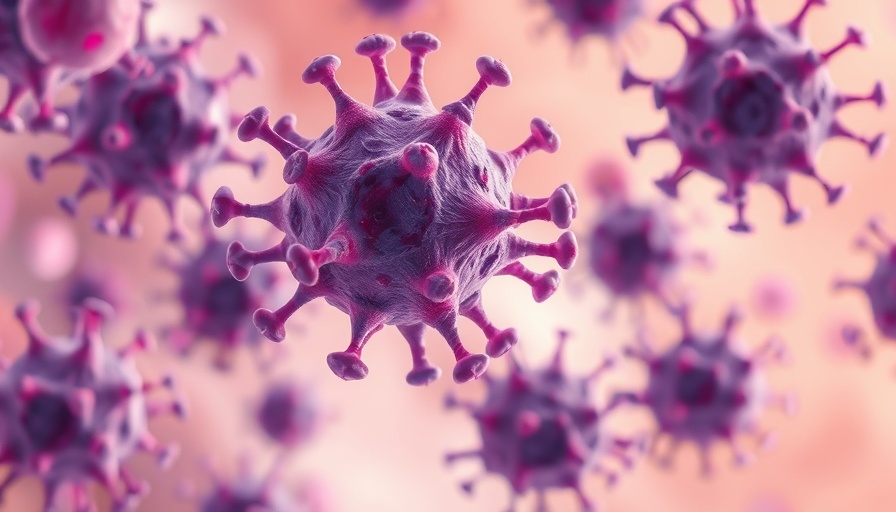
Understanding Pulmonary Hypertension: A Growing Health Concern
Pulmonary Hypertension (PH) is more than just elevated blood pressure; it's a serious condition affecting the lungs and heart. Emerging as a significant public health issue in South Africa, particularly in underserved communities, PH threatens the lives of approximately 80 million individuals globally, according to estimates. The prevalence of chronic diseases such as HIV/AIDS and tuberculosis in the developing world, as well as limited healthcare access, exacerbates this condition.
Misunderstandings Surrounding Pulmonary Hypertension
Despite its growing impact, PH is often misunderstood or misdiagnosed due to its misleading symptoms. Common signs include shortness of breath, dizziness, and fatigue, which are often mistaken for asthma. Vanessa Snow, Head of Medical Affairs at Johnson & Johnson Innovative Medicine South Africa, highlights how these symptoms are initially treated with asthma medications without leading to the desired outcomes. This misidentification can delay proper diagnosis and treatment, emphasizing the need for better health literacy and awareness among medical professionals and patients alike.
Risk Factors Contributing to PH
PH typically manifests between the ages of thirty and sixty and can be influenced by lifestyle factors, such as obesity, smoking, and living at high altitudes. Additionally, certain illegal drugs and congenital heart defects can serve as catalysts for the disease. As the healthcare infrastructure in South Africa continues to face challenges, the lack of awareness and timely diagnostics could lead to increased risks and poor health outcomes for the population.
Importance of Early Diagnosis and Treatment
While there is currently no cure for PH, early diagnosis plays a crucial role in managing the disease. Effective treatment options exist, including advanced therapies aimed at alleviating symptoms and improving life expectancy. Snow emphasizes that public health initiatives focused on education, awareness, and regular health checkups can significantly improve patients' outcomes. Organizations like the Pulmonary Hypertension Association of South Africa are pivotal in bridging the gap for patients and families by providing support, information, and advocacy.
Comparative Insights: PH and Other Chronic Diseases
Drawing parallels between Pulmonary Hypertension and other chronic diseases highlights the interconnectedness of public health issues. Just as HIV/AIDS has a substantial impact on South Africa, so does PH, especially among those with pre-existing conditions. With the added stress of health crises like COVID-19, it’s essential to consider a holistic approach to healthcare that encompasses respiratory, maternal, and child health, as well as mental health services to ensure comprehensive patient care.
The Future Landscape of PH Treatment in South Africa
As medical innovation continues to progress, the future of PH treatments in South Africa looks promising. Advances in telemedicine, digital health, and patient education can enhance patient engagement, leading to better management of the disease. Snow mentions how the refinement of medical interventions is expected to yield more affordable options, which is crucial for rural and underserved populations.
Taking Action: What Can You Do?
For individuals and healthcare providers alike, understanding the nuances of Pulmonary Hypertension is vital. Regular health check-ups and an emphasis on health education can empower patients in taking proactive steps towards their health. Engaging in community discussions, supporting health policies that promote healthcare equity, and advocating for improved healthcare access are all essential actions that can contribute to a healthier society.
By fostering a community-aware approach to health issues like PH, accompanied by stronger public healthcare initiatives and improved healthcare legislation, South Africa can make significant strides towards tackling this often-overlooked critical health issue. Awareness leads to action, and action leads to healthier, longer lives for those affected by Pulmonary Hypertension.
 Add Row
Add Row  Add
Add 




Write A Comment